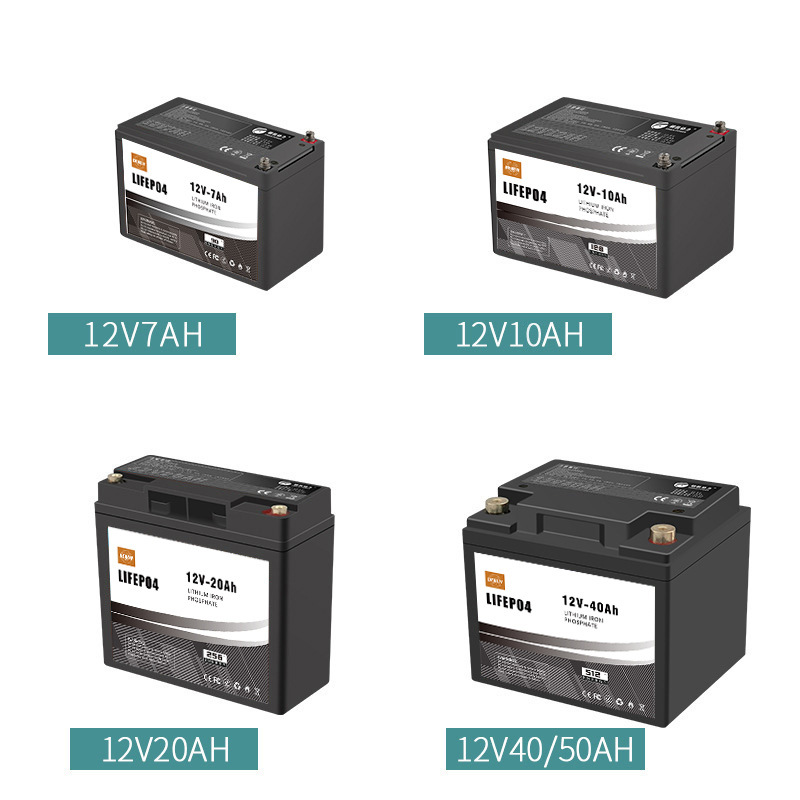ιοντική μπαταρία λιθίου
ionic lithium battery has become an indispensable component in a wide variety of devices and vehicles ranging from laptops and cell phones to hybrid and electric cars. Their advantages range from their high energy density, rechargeability and light weight (up to 70% lighter than lead acid batteries); increased safety without producing toxic byproducts like lead acid batteries do; furthermore they do not produce toxic byproducts like lead-acid batteries do; thus their manufacturers work tirelessly towards developing better cathode/anode materials, solid electrolytes that ensure high capacity batteries for safe usage within batteries – just to maintain these advantages!
Recent innovations include an ionic lithium battery that utilizes poly(ionic liquid) as its electrolyte instead of using volatile organic solvents such as cobalt in current LIBs as electrolyte material. This revolutionary development promises higher energy densities at lower costs with reduced dependence on expensive and troublesome metals such as cobalt found today’s LIBs.
ionic lithium batteries consist of an anode, cathode, separator and electrolyte; with the anode storing lithium ions while the cathode acts as an electron storage space; while a separator blocks electron flow within the battery. Finally, an electrolyte transports positively charged lithium ions between anode and cathode during discharging and back to anode during charging through intercalation/deintercalation processes that take place simultaneously – this process is known as intercalation/deintercalation in technical terms.
An anode typically composed of graphite material is combined with a cathode made of nonflammable metal sulfides or nitrides to store lithium ions through intercalation, where they are physically embedded between 2D layers of carbon that make up bulk graphite, for storage purposes. Cell discharge involves an anode that undergoes an oxidation half reaction that releases positive lithium ions while simultaneously creating negatively charged electrons through external circuitry; during discharge the anode undergoes an oxidation half reaction that produces positive lithium ions while negatively charged electrons are carried through external circuit to cathode where reduction half reaction takes place and electrical current flows through external circuit.
There are many kinds, such as 72v lithium ion battery, 12 volt 20ah lithium battery, 20ah lithium battery. Oxidation-reduction reactions must take place at optimal temperature and conditions; otherwise, significant structural changes could reduce battery capacity significantly and lower its cyclability (the measure of how many charges and discharges a battery can handle before its capacity begins to diminish), potentially increasing cell internal pressure posing safety threats to mobile devices like tablets and smartphones.
